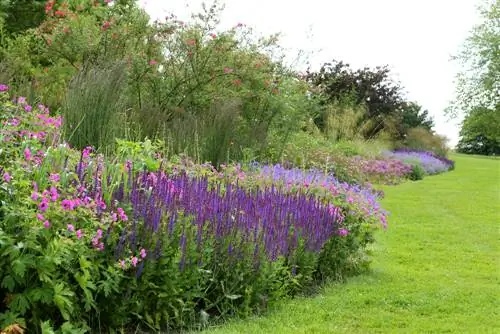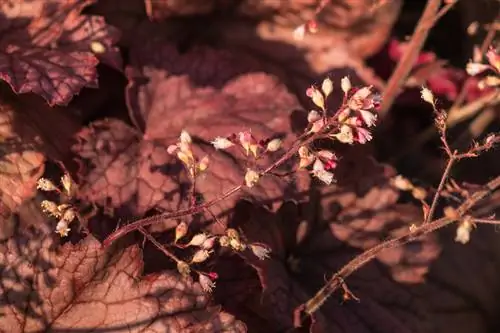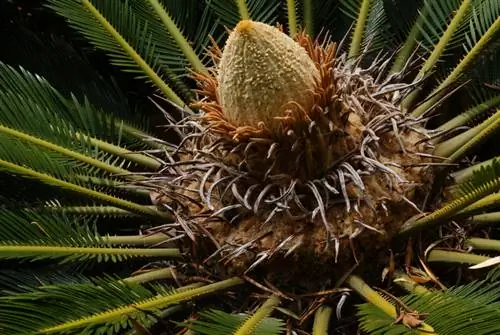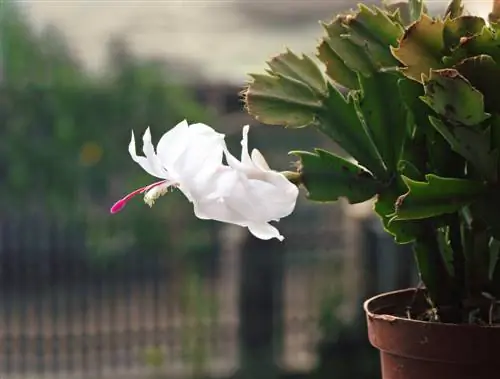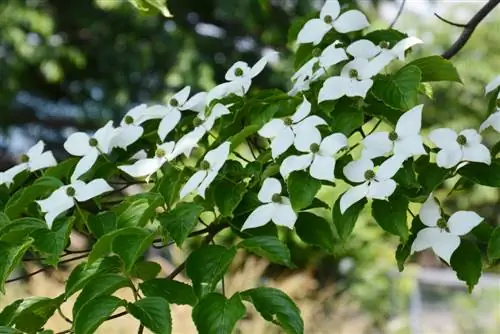- Author admin [email protected].
- Public 2023-12-16 16:46.
- Last modified 2025-01-23 11:22.
Perennials are very popular with hobby gardeners due to their perennial nature and often impressive flowers. But which species actually exist?
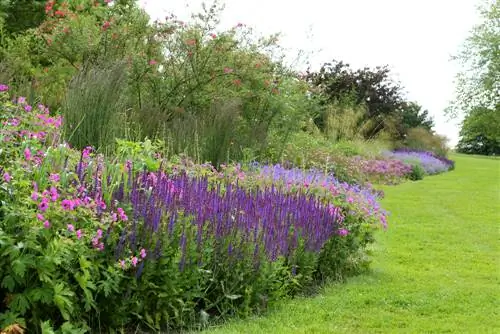
What types of perennials are there?
Perennials are diverse and can be divided into deciduous, evergreen, large, small, native, exotic, demanding, easy to care for, poisonous, non-toxic, summer hardy, hardy, ornamental, fragrant, fruit, vegetable, spice, Classify ferns, open spaces, woody plants and forest perennials. Flowering time, frequency, color and location also play a role.
Perennials in a short portrait
Interesting: The term “perennial” does not come from botany. It is mainly used in gardening.
Perennials are herbaceous seed plants and ferns. These are plants whose above-ground parts do not become woody. This is a significant difference from woody plants (trees, bushes).
Perennials are available as flowers, ferns, vegetables, climbing plants, herbs, rose plants, pond plants (aquatic plants) and houseplants.
In deciduous perennials, the above-ground parts die off at the end of the growing season. Overwintering usually occurs through tubers, rhizomes or bulbs. The plants then sprout again in the new growing season. Evergreen perennials do not withdraw their above-ground plant parts at the end of the growing season (e.g. ground cover perennials).
Perennials play an important role in rock garden and garden design. They are also used as potted or container plants on the balcony or terrace.
Note: You can find a large selection of perennial seeds and perennial assortments in nurseries, garden centers and (online) plant shipping.
Types of perennials at a glance
Perennials can essentially be divided into the following types:
- deciduous versus evergreen/wintergreen perennials
- large/tall versus small/low perennials
- small-leaved versus large-leaved perennials
- native versus exotic perennials
- demanding versus easy-care perennials
- poisonous versus non-poisonous perennials
- summer-hardy versus winter-hardy perennials
- Ornamental perennials (e.g. flowering and foliage perennials with striking leaves - in terms of shape, pattern, color)
- fragrant perennials (e.g. scented flowers and herbs)
- Fruit and fruit plants
- Vegetable perennials (e.g. celery)
- Spice perennials (e.g. culinary herbs, wild herbs, salad herbs)
- Fern perennials
- Open-space, woody and forest perennials
Division by flower
You can also differentiate perennials based on flower characteristics:
- Flowering yes/no: flowering versus non-flowering varieties
- Duration: short- versus long-flowering perennials
- Frequency: per year once versus twice flowering (remontant) perennials
- Time: summer versus winter blooming perennials (spring, summer, fall bloomers)
- Color: for example blue, yellow or white flowering perennials
Division by location/location
It is also possible to distinguish perennials according to their location or place of use:
- alpine perennials (e.g. alpine flowers)
- Bedding perennials
- Cemetery perennials (e.g. grave flowers)
- climbing perennials
- Discount Perennials
- Rockery perennials
- Water perennials/pond perennials
Basically, you can also differentiate perennials for sunny, semi-shady or shady locations.
Note: It makes no sense to divide annuals and perennials, since perennials are perennial herbaceous plants by definition.

